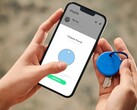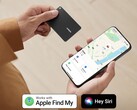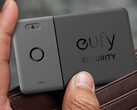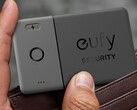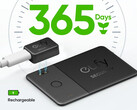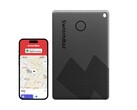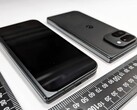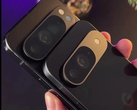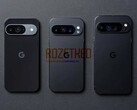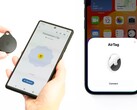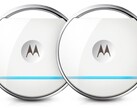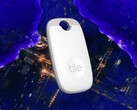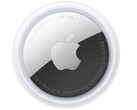Just recently, a Reddit user compared an Apple AirTag with a Google 'Find My Device' tracker. The result was that the AirTag continually keeps its owner updated on its current location, while the Pebblebee tracker tested was only able to update its location once over several days.
Both networks work in a similar way: if any iPhone comes within Bluetooth range of the Apple AirTag, it informs its owner of the tracker's approximate location. The same applies to 'Find My Device' trackers with Android smartphones, with the difference that Android users must first activate this functionality in the settings. Consequently, this means that far fewer devices can actually locate a 'Find My Device' tracker, even if there are more Android smartphones than iPhones in circulation in a given area.
By default, the location of a tracker is only shared when several Android smartphones come within Bluetooth range at the same time, which significantly limits the chance of locating a 'Find My Device' product, especially in rural or remote areas. In addition, the location of third-party trackers is not transmitted if the smartphone is close to the user's home.
Google defends this decision on a support page. The fact that it is impossible to trace location data back to a specific smartphone is intended to make it more difficult to track down users of Android smartphones. Google emphasizes that the 'Find My Device' network will become more effective if more users opt to share the location of third-party trackers, even if they have only been tracked by their own smartphone. However, until this option becomes standard, it seems unlikely that enough users will activate this setting for it to be on a comparable level to Apple's 'Find My' network.





